He did it, Joe! Following on from the $79 billion worth of tariffs he implemented in his first term — which went largely untouched by Joe Biden’s Administration — last night Donald Trump made good on his election promise to opt for another round of tariffs: this time, a 25 percent tax on imports from Canada and Mexico, with China facing an additional 10 percent levy on its goods. Despite whispers that the President might water down his plans in the last hours, he carved out very few exceptions for his new tax orders, which include Canadian oil and energy supply.
It’s a staggering tax, the cost of which experts have been desperately trying to calculate overnight. America’s Tax Foundation has estimated the specific plans — carried out through executive order by the President — will reduce “economic output by 0.4 percent,” costing the average American household “more than $830” this year. Others are warning about the inflationary pressures, when the cost of these tariffs, paid for by American business, are passed on to American consumers. Goldman Sachs’ team are forecasting that prices will rise by 0.1 percent “for every percentage increase in the effective tariff rate and raise inflation rates for one year.”
None of these numbers, however, have dampened the President’s spirit. “There could be some temporary, short-term disruption, and people will understand that,” the President told reporters ahead of his decision to push forward with the full 25 percent whack. “The tariffs are going to make us very rich and very strong — and we’re going to treat other countries very fairly.”
Canada, Mexico and China aren’t exactly aligned on this idea that the treatment is “fair.” All three countries are expected to hit back on the US tariffs, with Canadian Prime Minister Justin Trudeau announcing overnight that he will impose the same, retaliatory measure of a 25 percent tariff. It is now expected that America will be in a trade war with all three of its largest trading partners. But the President’s ambitions don’t stop there: he has pledged to turn his tariffs to Europe as well, though no specific announcement was made this weekend.
This new round of tariffs makes Trump’s first term look like a subdued warm-up act. Forget billions: the Tax Foundation estimates the 25 percent levy on Canada and Mexico alone will approach a trillion-dollar tax hike over the next decade. Who might be safe? The UK remains in a slightly elevated position, as the President has not yet targeted the country for a trade war (thanks, in large part, to the fact that, on paper, the US appears to have a trade surplus with the UK). But with the President’s sights set on Europe, no one should get too comfortable: a lesson Canada has had to learn the hard way, as officials are particularly baffled as to how America’s close ally and friendly neighbor got targeted for the same treatment as Mexico and China.
The President insists this is about national security: the consequence of both Canada and Mexico not doing enough to crack down on illegal immigration across both borders, or on drug gangs pushing fentanyl. This suggests there is still room for a climb down (the bulk of Canada’s tariffs on the US don’t come into effect for three weeks — what could be perceived as an extended period of negotiation). As I noted on Coffee House last week, Trump was going to have to make good on these tariffs to some extent in order to keep his reputation as someone who sees through his threats. But just how long he wants to be in a stand-off with his largest trading partners speaks to a greater question of confidence in the measures themselves — and whether Trump really thinks there will be no lasting, negative consequences for Americans.
Countless warnings this morning that the President has lost his mind over these taxes will no doubt be delighting Trump, who will see these outcries as more evidence of an ousted, and crushed, opposition. The tricky part for Trump will come when Americans when prices don’t start falling, as the President repeatedly promised on the campaign, but indeed start rising. It will not help that Trump has made a sweeping tax decision via an executive order (the International Emergency Economic Powers Act) rather than going through Congress. This puts the full weight of any costs and consequences on his shoulders, rather than the government’s.
It may also be a sign that, as Trumpworld continues to suggest, these tariffs are a means to a different end, and won’t be with us indefinitely — because if 25 percent is the new norm, the global economy, including America, is not remotely prepared for what’s to come.



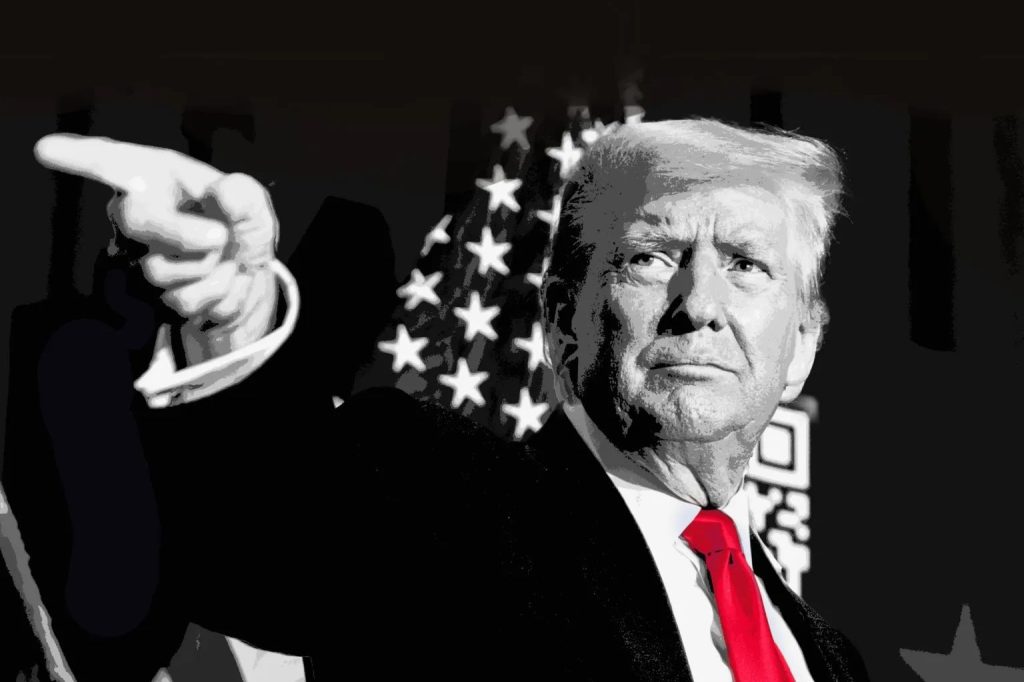






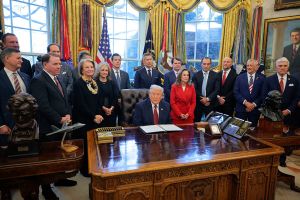
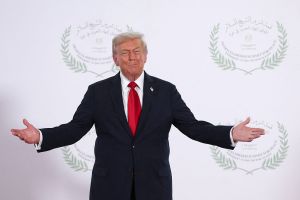
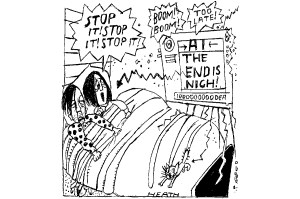
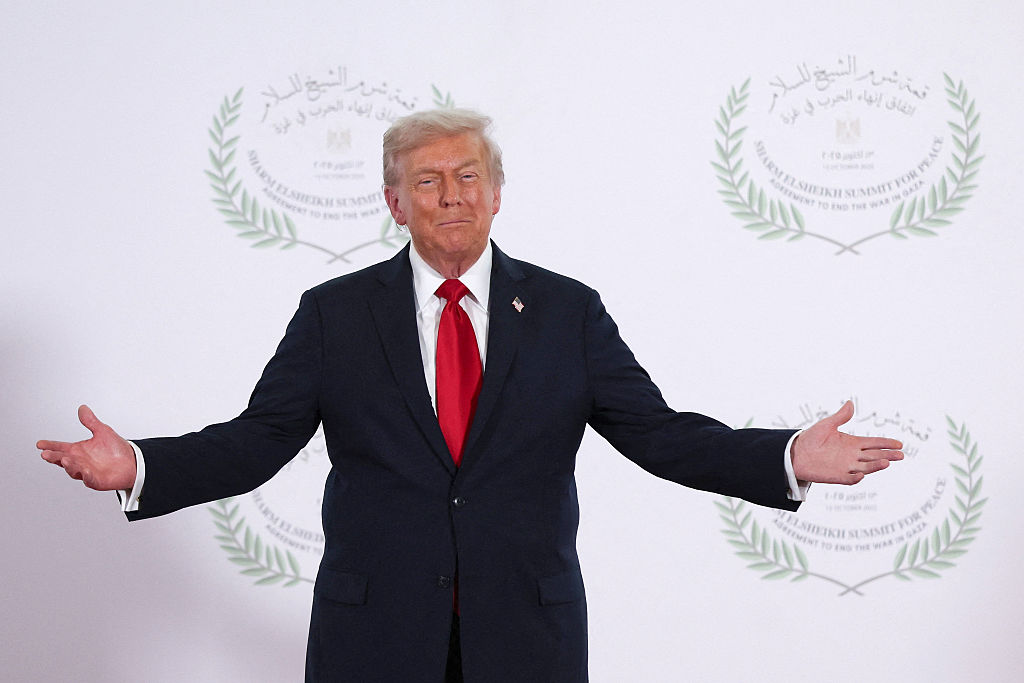
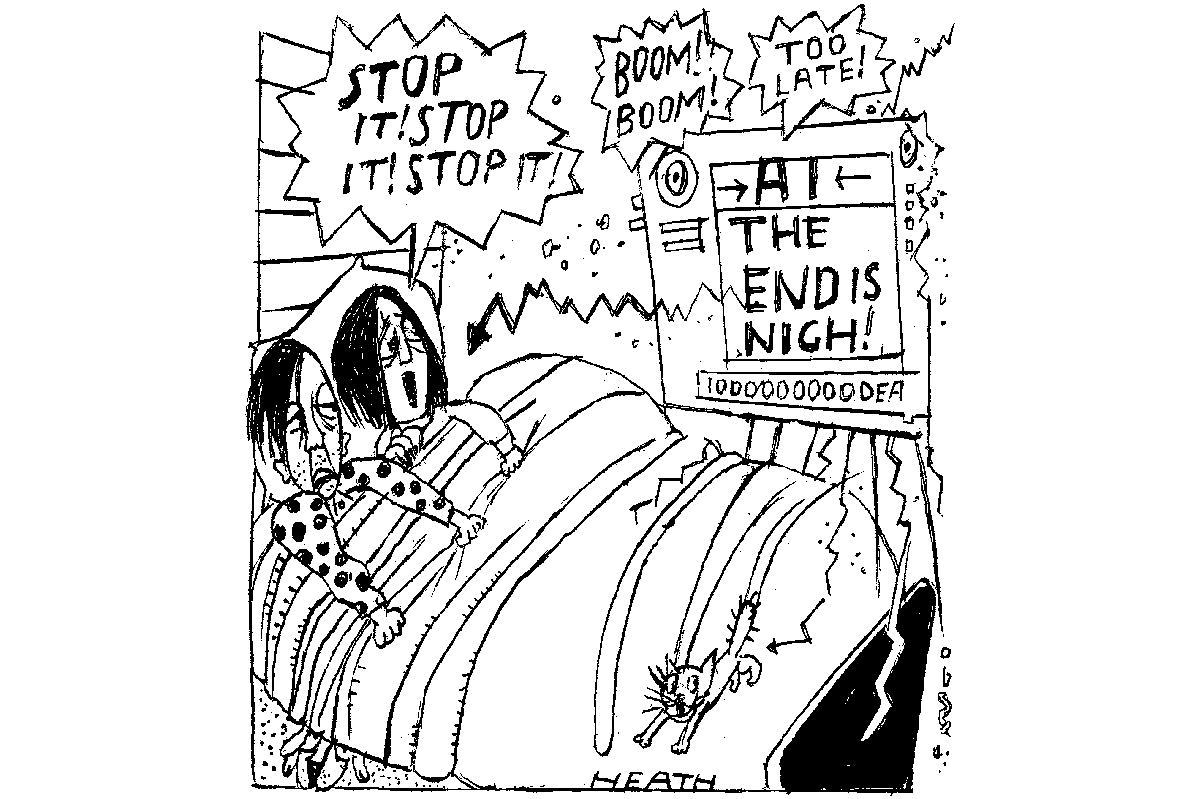
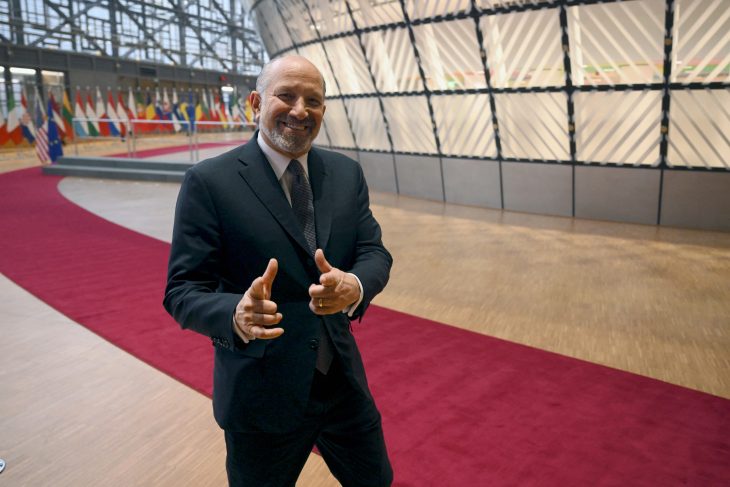
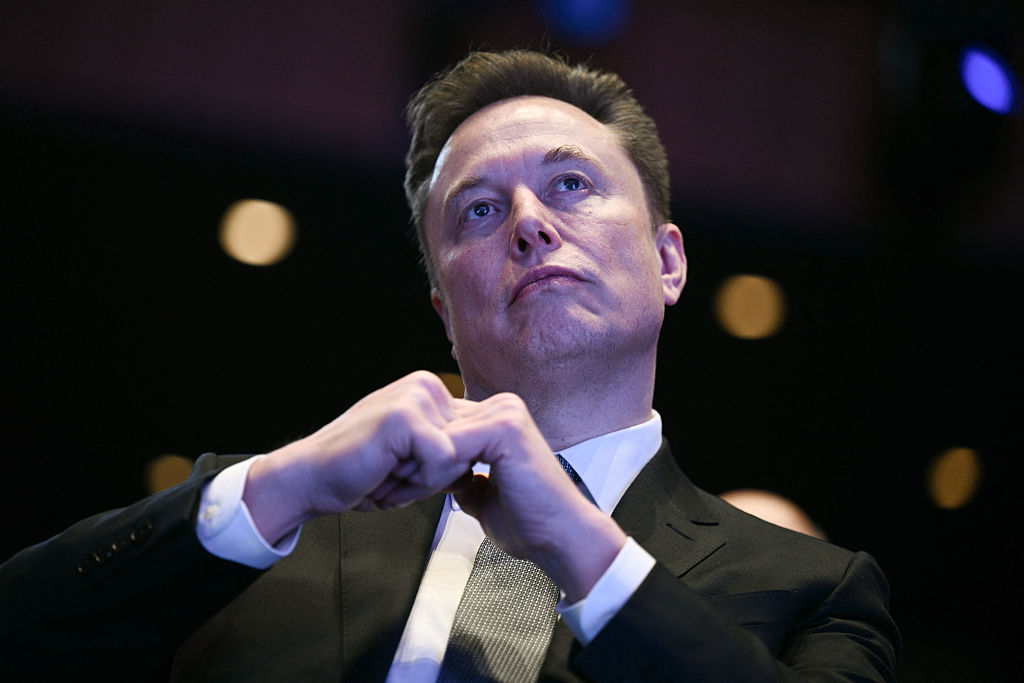
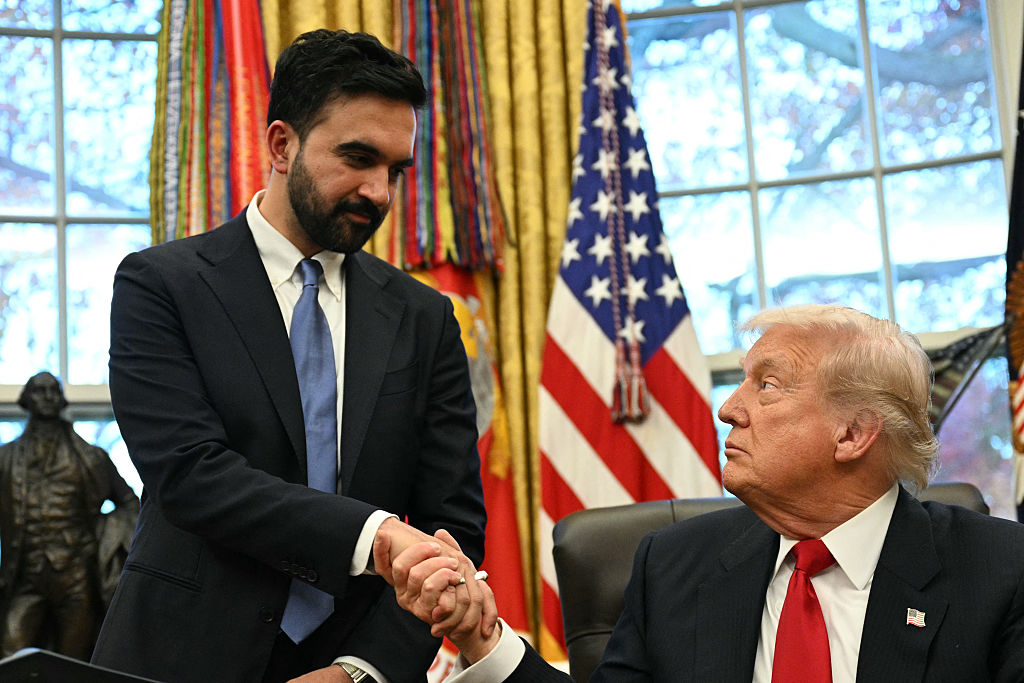
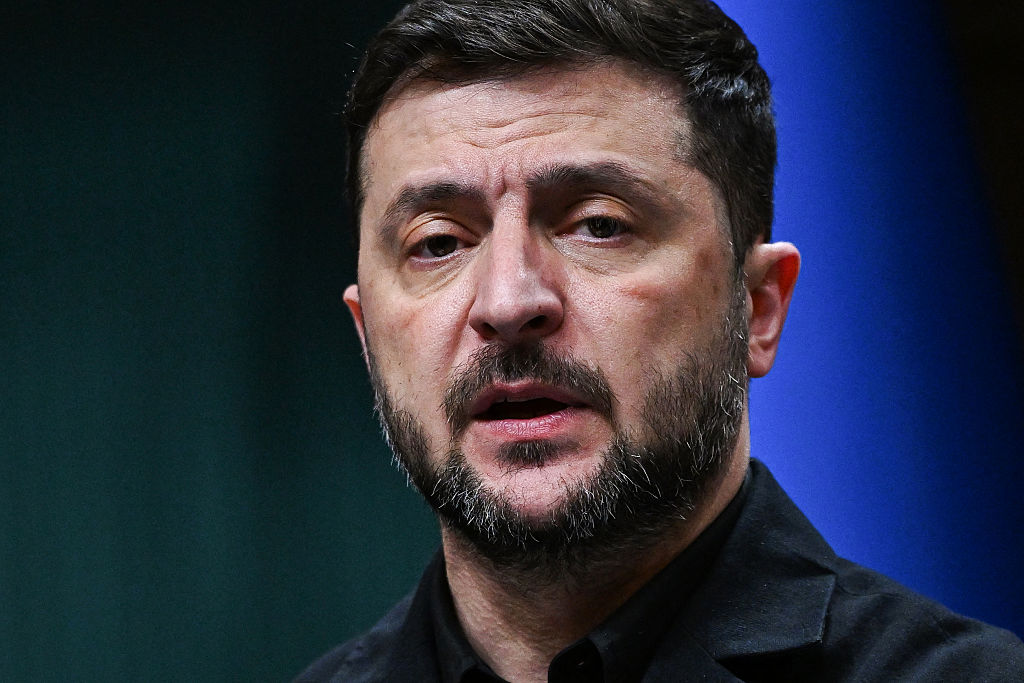

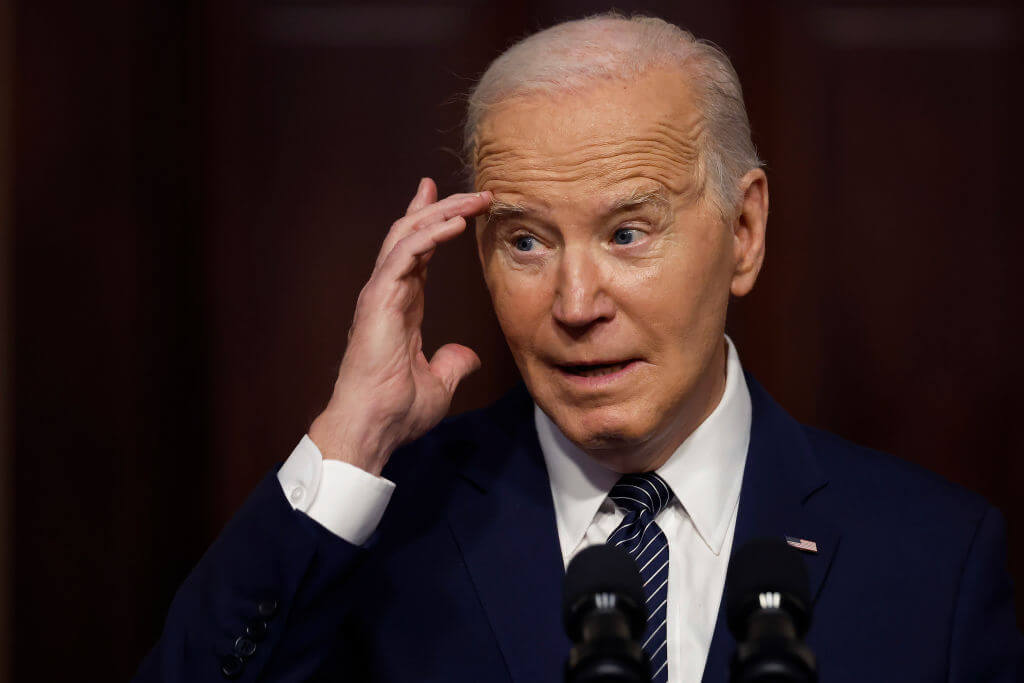



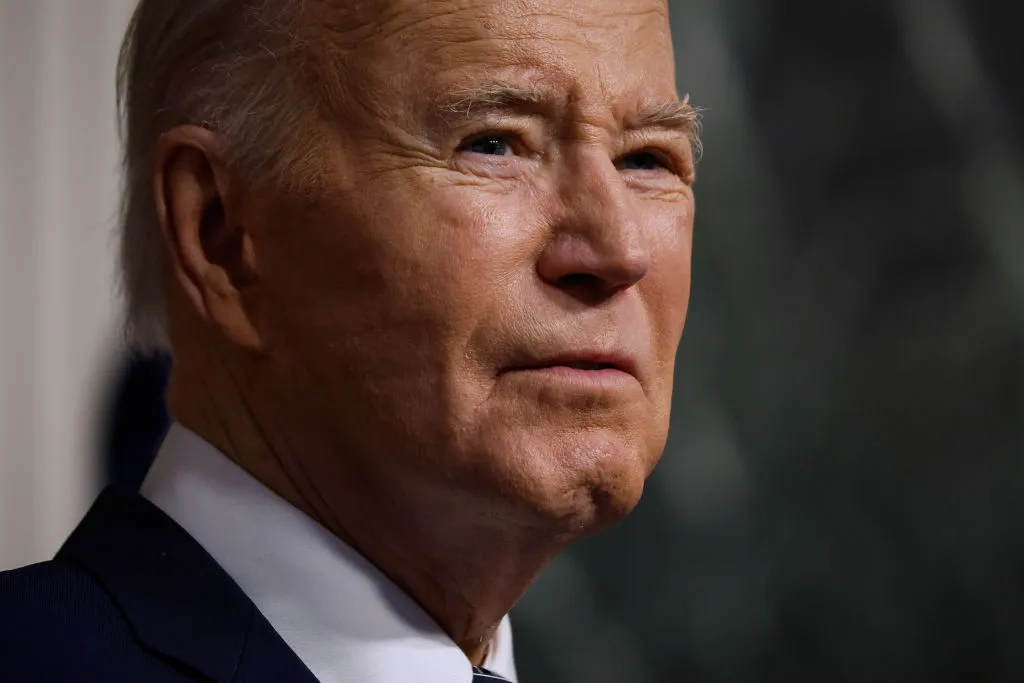

Leave a Reply